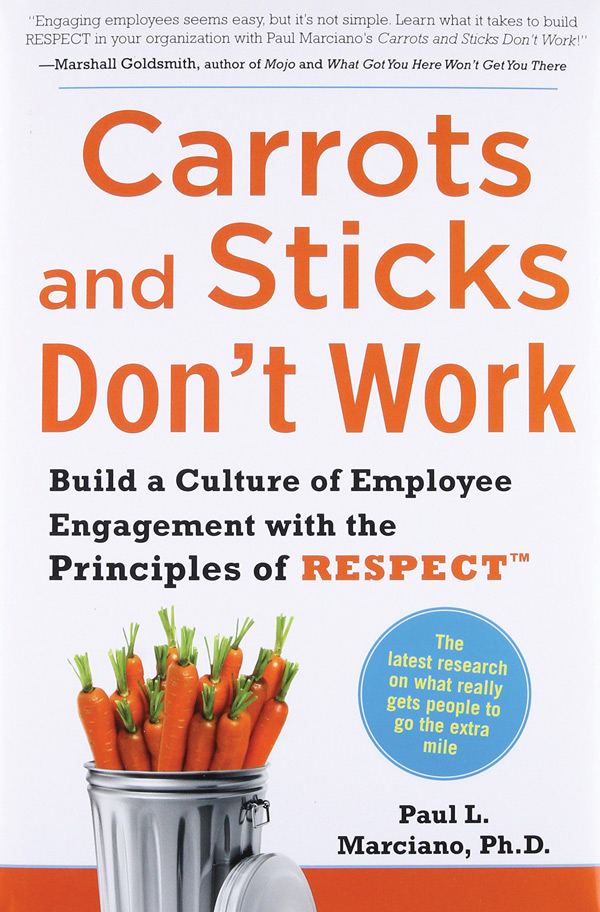By Andi Gray
Dilemma: It feels like the workforce pool is shrinking. We don’t want to lose good people when they get offers from other employers looking for fresh talent. We want to link pay increases to results: If you learn something, that knowledge is a valuable asset not only in your role but also to the company overall. What should we do?
Thoughts of the Day: As the economy heats up, it’s normal for employees to consider their job options. People will stay put for lots of reasons—they seek security, love the job, think highly of the company—but only to a point. Beyond financial compensation, consider other options for alternative ways to reward employees for cultivating new on-the-job skills.
 Employees who are the most productive may be among your most vulnerable. In a tight unemployment market, a job may come looking for them. Smart employers build lists of people to approach and your best employees may be on one or more of those lists. Make sure you’ve done all you can to protect your company as you insulate your workforce against the temptation to consider their other options.
Employees who are the most productive may be among your most vulnerable. In a tight unemployment market, a job may come looking for them. Smart employers build lists of people to approach and your best employees may be on one or more of those lists. Make sure you’ve done all you can to protect your company as you insulate your workforce against the temptation to consider their other options.
Verify that your employees are appropriately compensated for the work they do. Check job descriptions and salaries against similar jobs in your local market. Keep in mind that equivalent jobs in New York City and a rural market will pay very differently to account for disparities in cost of living.
Help all employees understand where they stand compensation-wise, and what they can do to move up. Employees paid top-wage for specific jobs may need to build skills to move on to even higher paying positions. Employees at the bottom and middle of the range usually focus on mastering the job they’re in. Help all employees move up with customized training plans that take into account their goals for personal development and income growth.
You’re probably most vulnerable with employees who are paid below scale and with high-demand jobs where the scale is rapidly inflating. Check if you have the right job descriptions and correct salary scales. Quickly increase salaries for employees who are below scale and doing a good job.
On an ongoing basis, for employees with room to move up in the range, think about annual small salary bumps to keep up with GDP. Remind employees about additional rewards they receive for working in your company. These additional rewards include retirement contributions; perks such as trips, gifts, and more time off; help with caring for personal needs; and so on. Your non-monetary bonus options are as varied as your employees’ individual needs and personal priorities.
Recognize groups for outstanding performance. Customize rewards to groups’ needs and aspirations. Base rewards and recognition on overall company performance. Celebrate wins company-wide. Send recognition letters home so families see how you value peoples’ contributions.
If the company is doing well, set aside a portion of profits to distribute to employees. Calculate individual distributions using quality and quantity inputs such as annual reviews and job grade. Be clear about how you intend to gauge improved company performance: growth in revenue, gross profit, and net operating income are typical metrics. Show employees how the company is doing throughout the year, and encourage everyone to be involved in making improvements.
 For all of you who think that giving people more money will, in and of itself, boost productivity and commitment, think again. Your behaviors as a leader send a strong signal to everyone in the organization about how they can expect to be dealt with in the future and how they should, in turn, treat those around them.
For all of you who think that giving people more money will, in and of itself, boost productivity and commitment, think again. Your behaviors as a leader send a strong signal to everyone in the organization about how they can expect to be dealt with in the future and how they should, in turn, treat those around them.
Looking for a good book? Try “Carrots and Sticks Don’t Work: Build a Culture of Employee Engagement with the Principles of RESPECT” by Paul L. Mariano.
[CD0918]
Andi Gray is the founder of the Business Consulting Firm Strategy Leaders. She can be reached at andi@strategyleaders.com.

